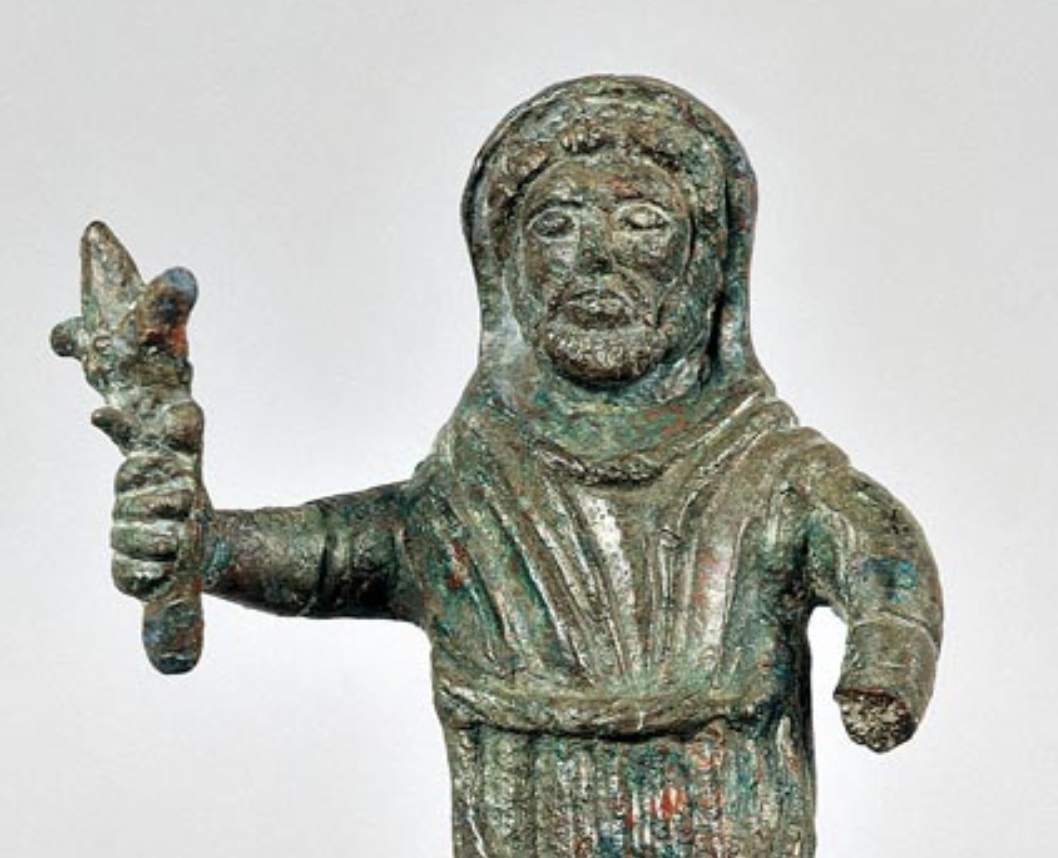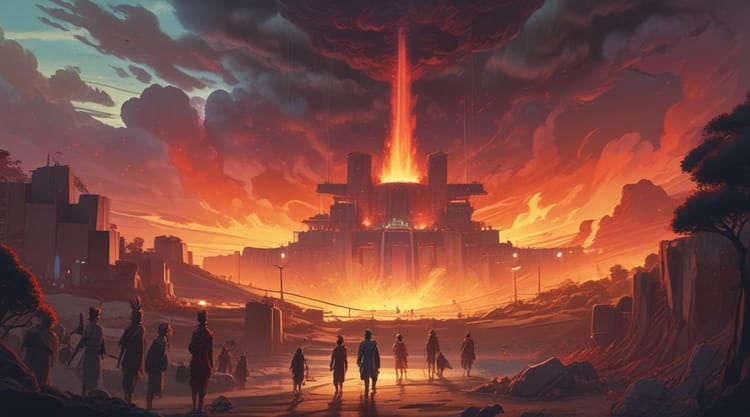How Reviving the Ancient God Dis Pater Can Transform Your Spiritual Practice

Are you ready to embrace life’s cycles, let go of the fear of death, and reconnect with your roots? Dis Pater, the ancient god of the underworld, offers a powerful framework for transforming your spiritual practice.
We discussed his fascinating history in Dis Pater: The Roman God Who Became the Celts’ Ancestor of Death and Rebirth.
Now, we’ll explore how his lessons of death and rebirth can guide us today, just as they guided the ancient Celts.
Reframing Death and Rebirth
In today’s world, we often shy away from talking about death. It’s something to be feared, sanitized, or avoided altogether. But the Celts, who revered Dis Pater as their divine ancestor, saw death as a natural part of life’s cycle. It wasn’t an end, but a transformation — one that led to renewal.
For the Celts, death was just one phase of existence, followed by rebirth. This belief in reincarnation, described by Roman writers of the first century. Julius Caesar mentioned the Celts’ belief in reincarnation in Book 6, Chapter 14 of The Gallic War:
The cardinal doctrine which they seek to teach is that souls do not die, but after death pass from one to another; and this belief, as the fear of death is thereby cast aside, they hold to be the greatest incentive to valour.
Diodorus Siculus described the Celts’ belief in reincarnation in Book 5, Chapter 28 of his Library of History:
The belief of Pythagoras prevails among them, that the souls of men are immortal and that after a prescribed number of years they commence upon a new life, the soul entering into another body.
The Celts’ firm belief in the transmigration of souls gave them a fearlessness in battle and a sense of continuity between life and death. Dis Pater, as the god of the underworld, represented this cycle.
Thanks for reading Absinthe & Transcendentalists! This post is public so feel free to share it.
How can we use this understanding in our modern spiritual practice? By embracing life’s transitions — whether it’s the end of a relationship, a career shift, or personal transformation — we can view endings not as final, but as necessary steps toward renewal. Dis Pater’s energy reminds us that death, in all its forms, creates space for something new.
Ancestral Reverence and Liminal Spaces
In many spiritual traditions, honoring one’s ancestors is a key spiritual practice. In Gaul, this was closely tied to the reverence for Dis Pater, who was revered as the Celts’ common ancestor. The dead were believed to continue influencing the living, offering wisdom, protection, and guidance. Those who had passed away could be provided with goods, gifts, and even correspondence, by sending these things into the realm of the dead:
At the funerals of their dead some cast letters upon the pyre which they have written to their deceased kinsmen…. Ibid.
Burial sites, like underground tombs and cairns, were considered liminal spaces — places where the boundary between life and death was thin.
In modern practice
We can reconnect with Dis Pater’s energy by creating rituals to honor our ancestors. This could be as simple as lighting a candle for a deceased loved one, creating an altar with personal items, or making offerings at burial sites. We can do more, however, when we try to meet the dead where they are.
Places that have meaning might be public sacred places like the Vietnam Memorial or Ground Zero in NYC, but more often they will be personal — the restaurant the deceased loved to frequent, their place of work, or the trail where they used to hike. Perhaps the dead will be easiest to reach at the apartment or house where they used to live, the ball fields where they used to play, the beauty spot where they proposed to their spouse, or even their old school.
Tucking a memento into a hidden spot in any of these places can be a way of communicating with those who have passed. Leave a bite of their favorite food, or pour a few drops of their favorite drink. Say a few words — out loud, or just in your head. Imagine the person alive again, hearing your words.
Thanks for reading Absinthe & Transcendentalists! Subscribe for free to receive new posts and support my work.
Have faith — that message is getting through. These acts connect us in a healthy way to the cycle of life and death. It also lets our loved ones continue to be a source of strength.
Creating personal rituals for the season of the dead
Dis Pater was also connected to the wealth of the earth. His association with the underworld wasn’t just about death — it was about the fertility and abundance that came from below the surface. The Celts understood that the decomposition of dead matter — plants, animals, even people — returned nutrients to the soil, making it fertile for new growth.
In our modern lives, we can reignite this understanding in our own lives by reconnecting with the cycles of nature. Create your own seasonal rituals that honor the changing phases of the year. In autumn, for example, you could perform a ritual of letting go, hastening the death of old habits or phases in your life. Clearing out closets, cabinets, or storage units is a simple way to do this, but we can also prune away habits, activities, and mindsets that we’d be better off without.
Make a list of the things you’ve learned in the past year, and things you’re grateful for. Taking the time to reflect and write these things down will both honor what the universe has provided for you — in both experience and worldly goods — and reveal treasure that you may have overlooked.
Now is the time to take the measure of every aspect of your life, and wherever there’s dead wood — unsatisfactory relationships, dead-end jobs — make plans on how to chuck it out. When you’re satisfied everything that needs to go is gone, light a bonfire, a hearth fire, or a hose of candles — and commemorate the underworld’s season with a warm heart.
The cycle continues
In spring, focus on renewal and rebirth, symbolized by the new growth in nature. Many of us launch into spring planting with the first blossoms emerge. What other seeds — and here I’m speaking of the metaphorical ones — should you be planting now? Now is the time to foster growth and renewal in your life — and only you know what that means to you. Stretch yourself — what amazing new thing could you do if you tried?
By aligning in this way with the natural cycles of death and rebirth, we tap into Dis Pater’s energy of regeneration. Try these practices—and create some of your own—to allow you to engage with our “Rich Father.” To follow his lesson, you’ll need to honor the past, plan for the future, and experience the now. Notice the ends and beginnings in everyday life.
When you allow his energy of radical transformation into your life, you’ll understand that life’s endings are just as sacred as the beginnings.
Hello, Enthusiasts! I’m a writer specializing in world religions. With M.Div. in hand, I’ve spent the past couple of decades exploring Buddhism, Christianity, Hinduism, Islam, Jainism, Judaism, and Shinto, as well as traditional Incan practice. Check out some of my other Religion and Spirituality stories here.
If you’re feeling flush, please consider tossing a coin into the tip jar. Many thanks, my friend!
Please drop me a note on BlueSky and Medium if you find yourself over there!


